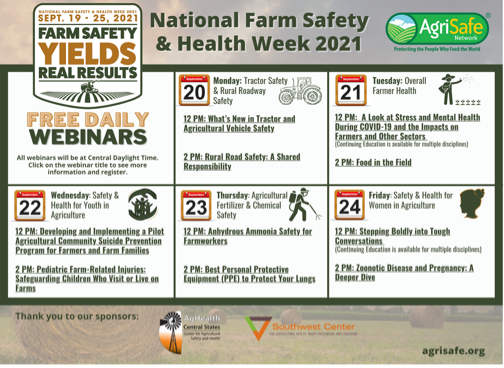After years of debate, the U.S. Environmental Protection Agency announced on August 18, 2021 that this year will be the last that the insecticide chlorpyrifos (the active ingredient in Lorsban) will be allowed for use on food crops, including cranberries. This means that use of chlorpyrifos will no longer be allowed on cranberries in 2022 and thereafter. For more information, please see the press release here: https://www.epa.gov/newsreleases/epa-takes-action-address-risk-chlorpyrifos-and-protect-childrens-health.
In New Jersey, cranberry growers have mainly used chlorpyrifos early in the season to manage blunt-nosed leafhoppers as well as other insect pests such as Sparganothis fruitworm, blackheaded fireworm, and spotted fireworm. Growers can find alternative insecticide options for managing these pests in the Commercial Cranberry Pest Control Recommendations for New Jersey https://njaes.rutgers.edu/pubs/publication.php?pid=E308.

